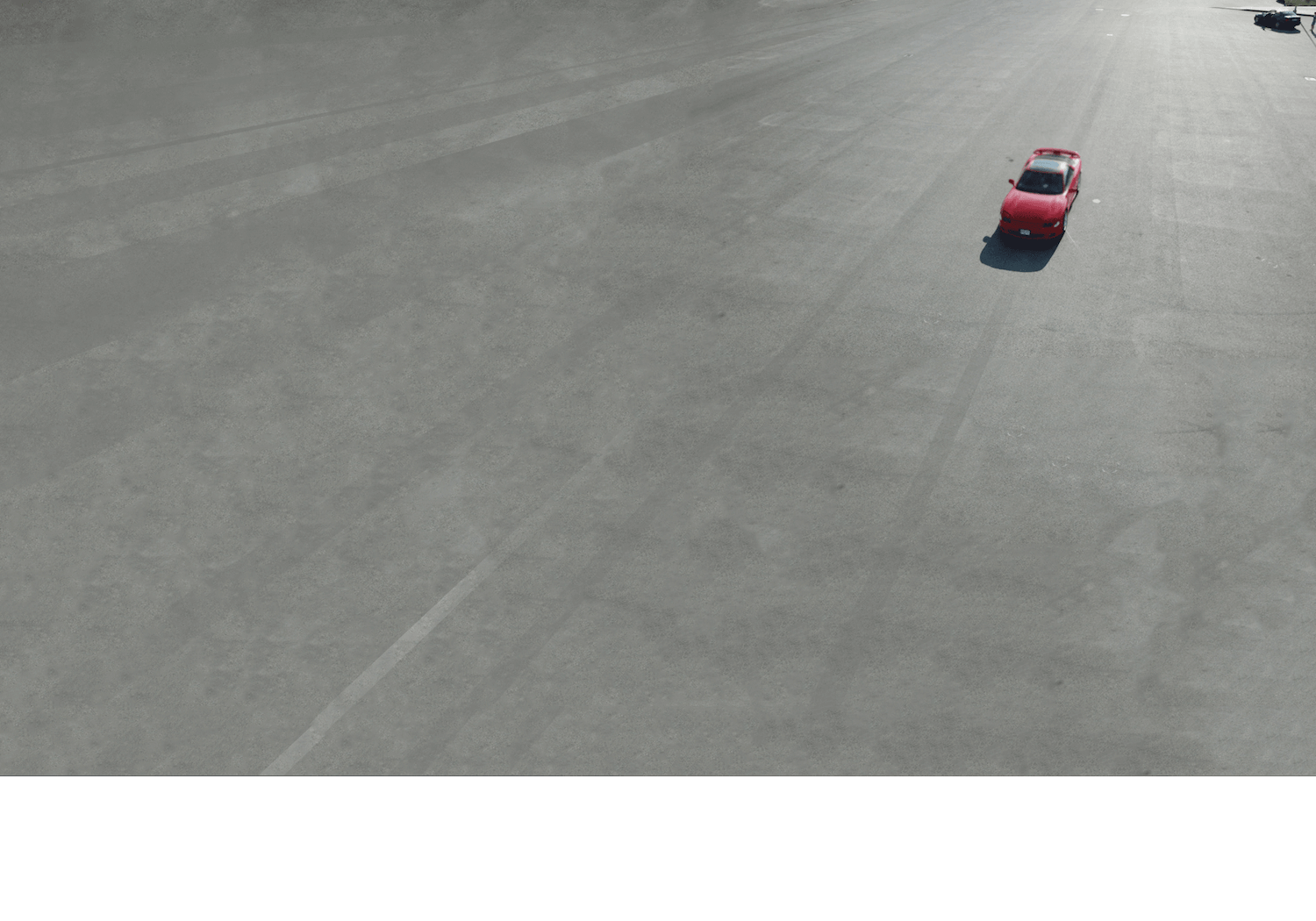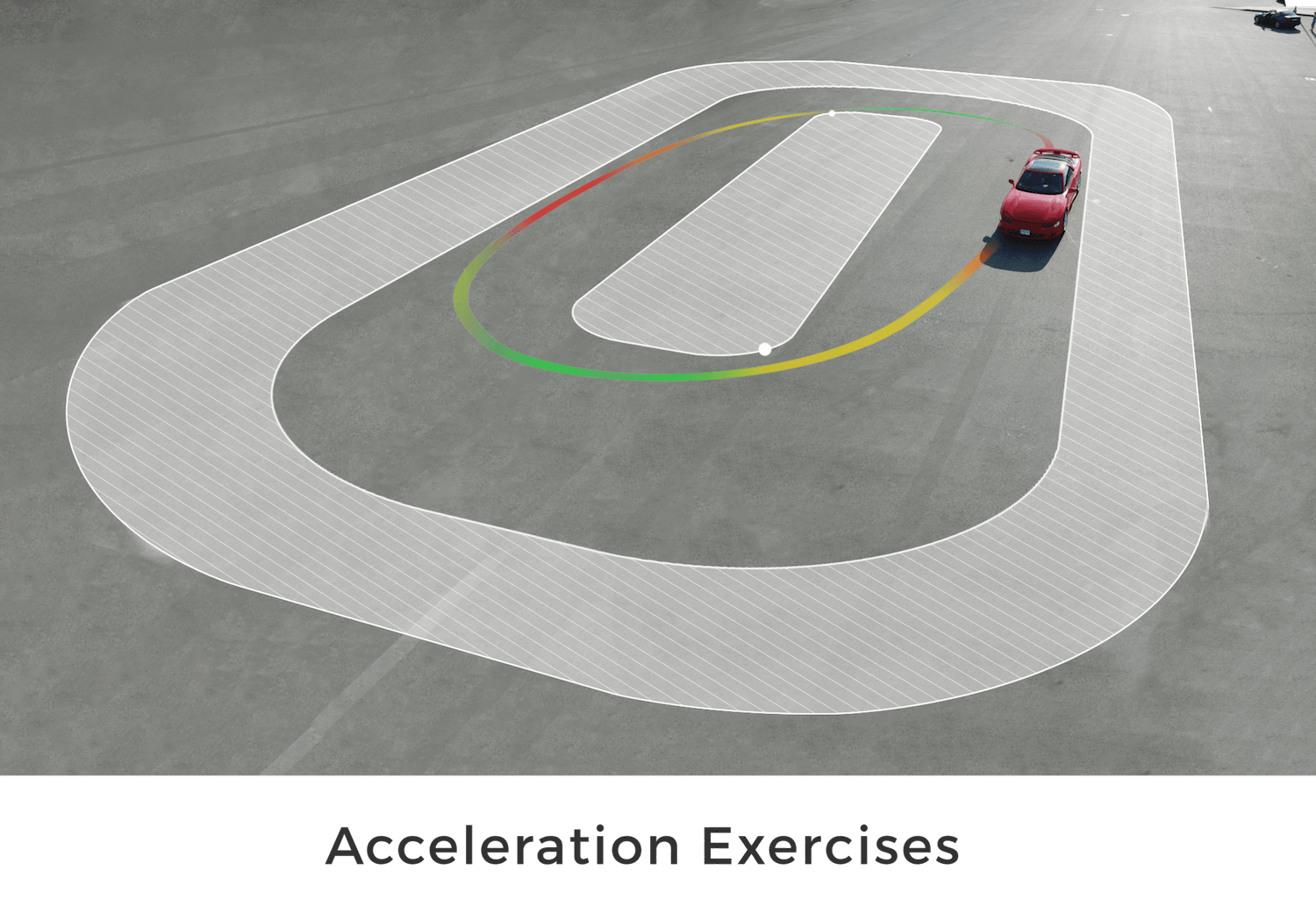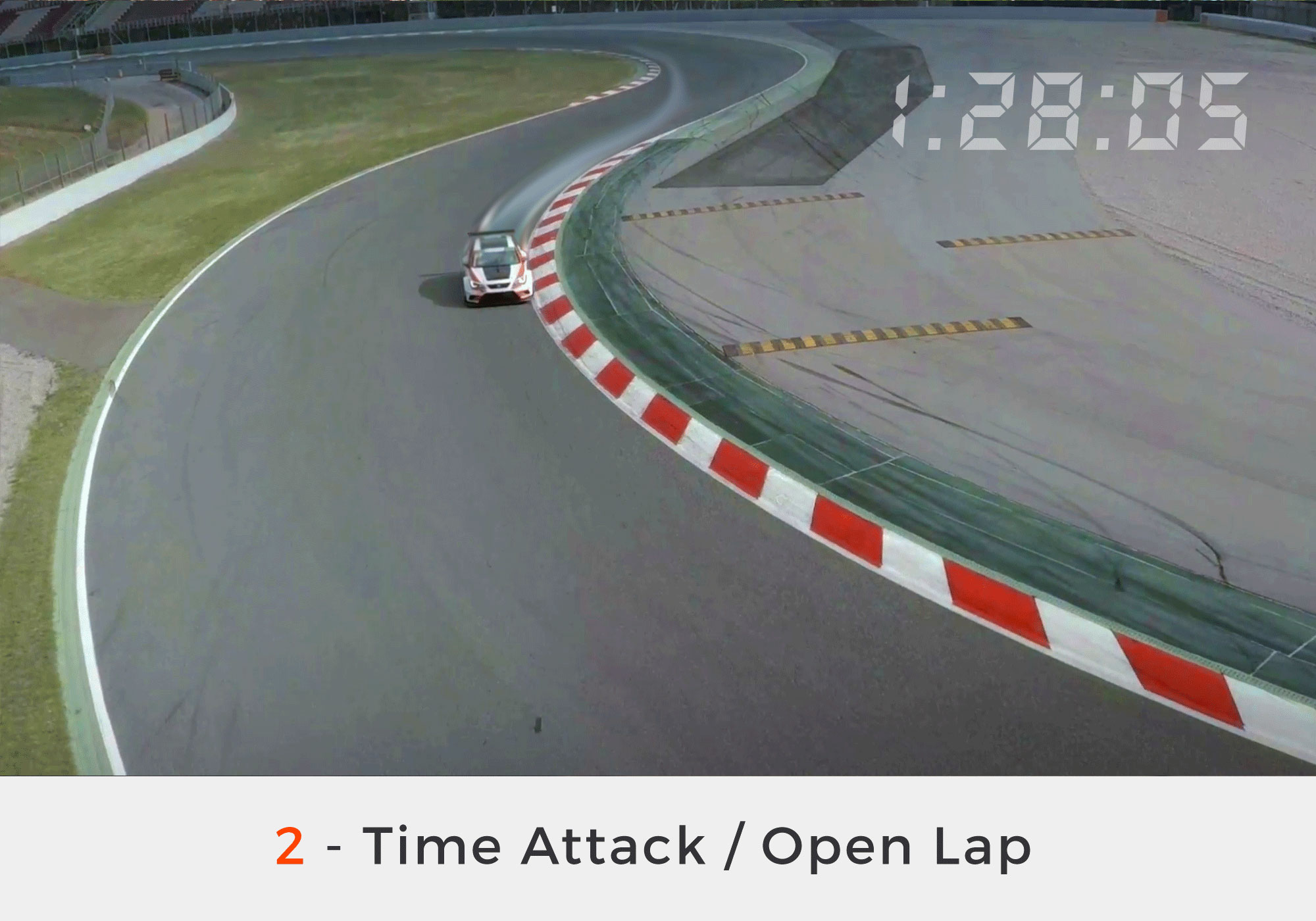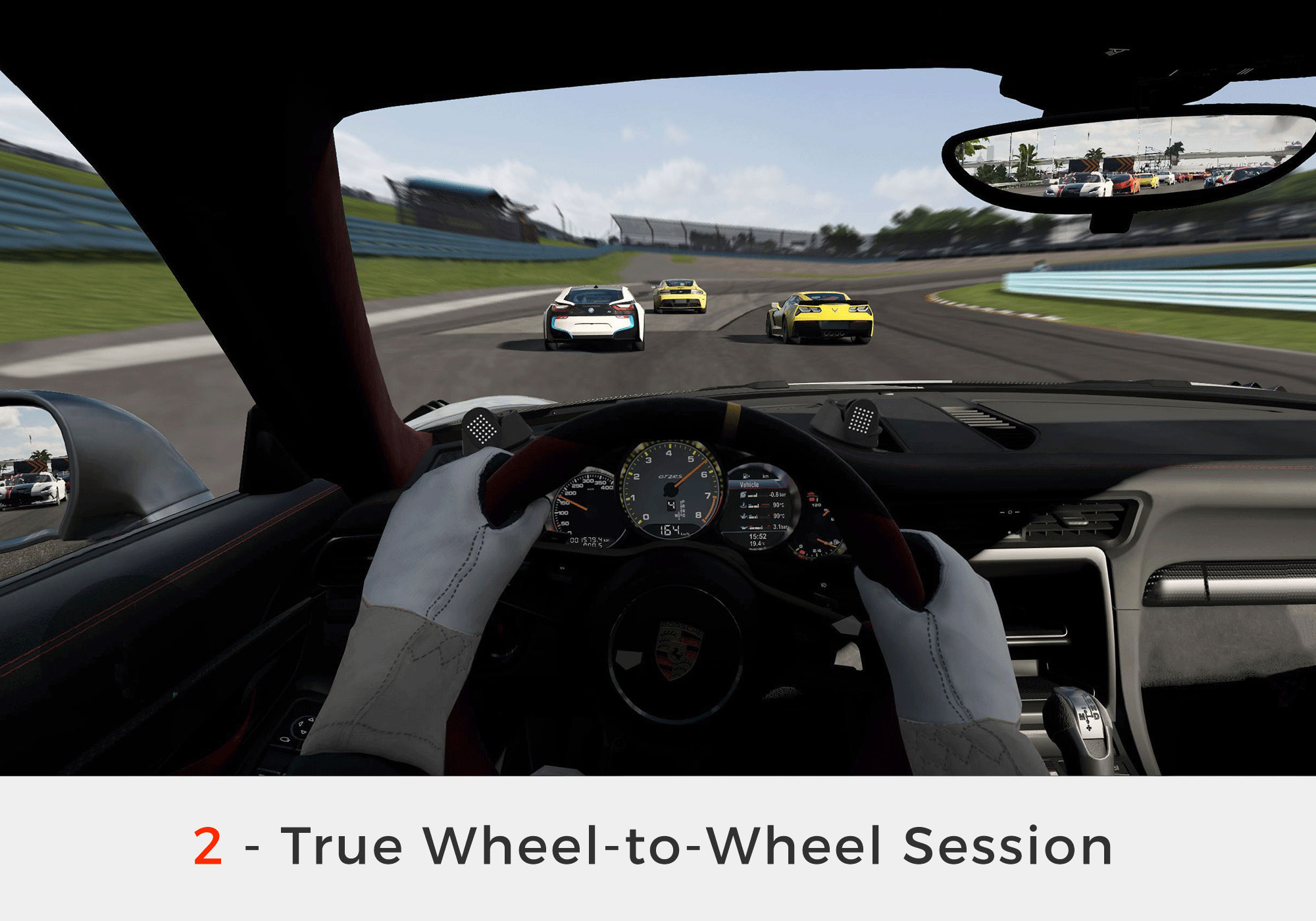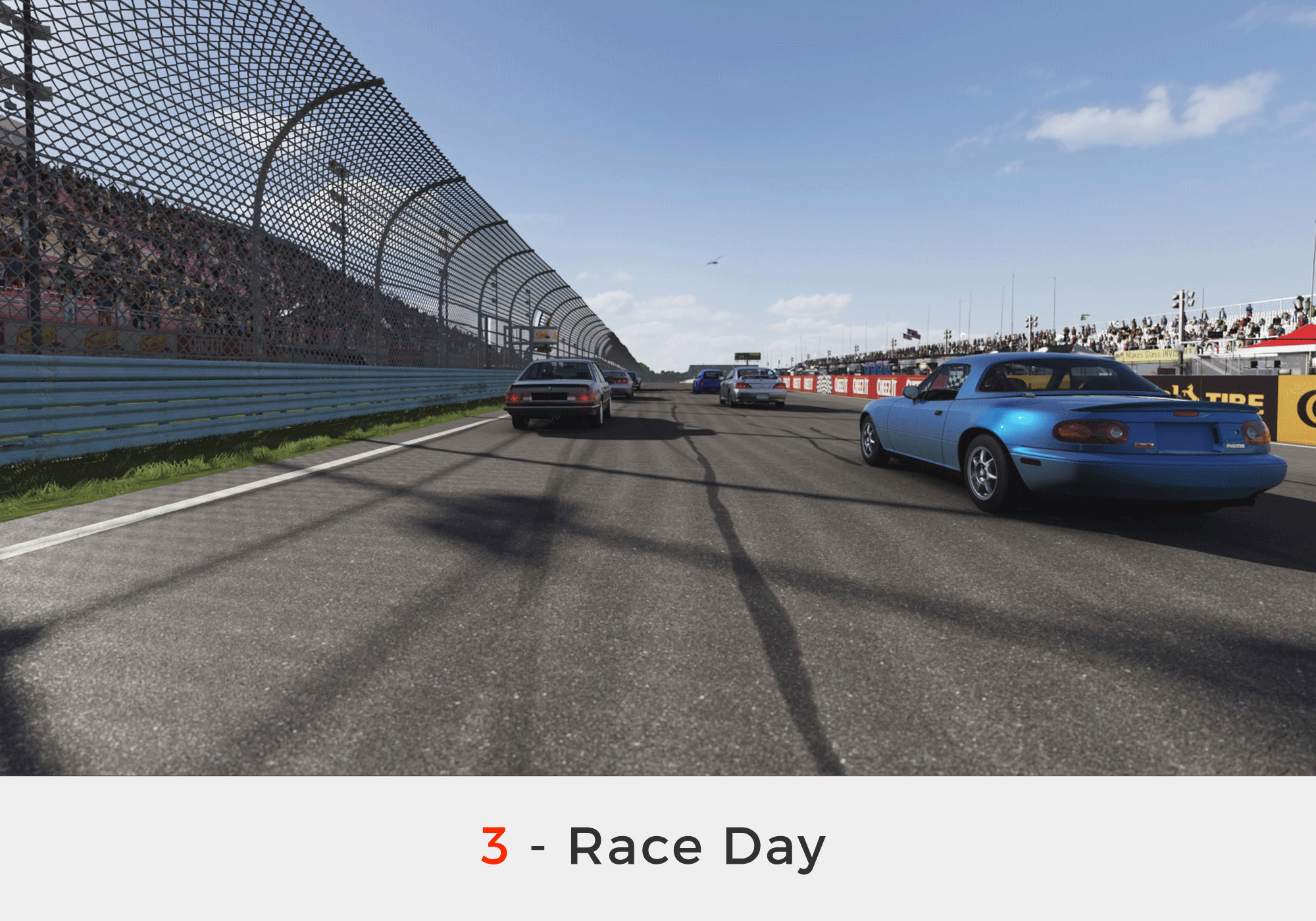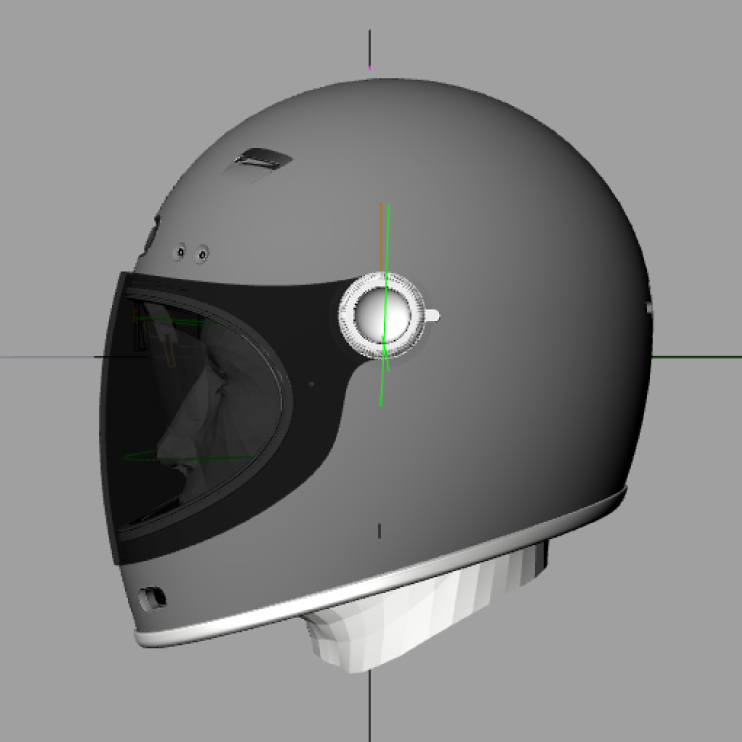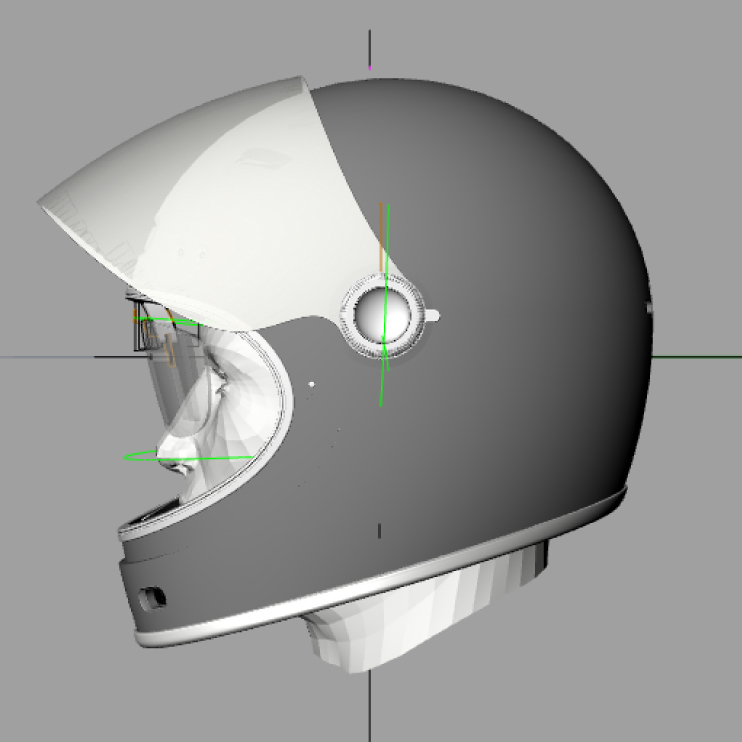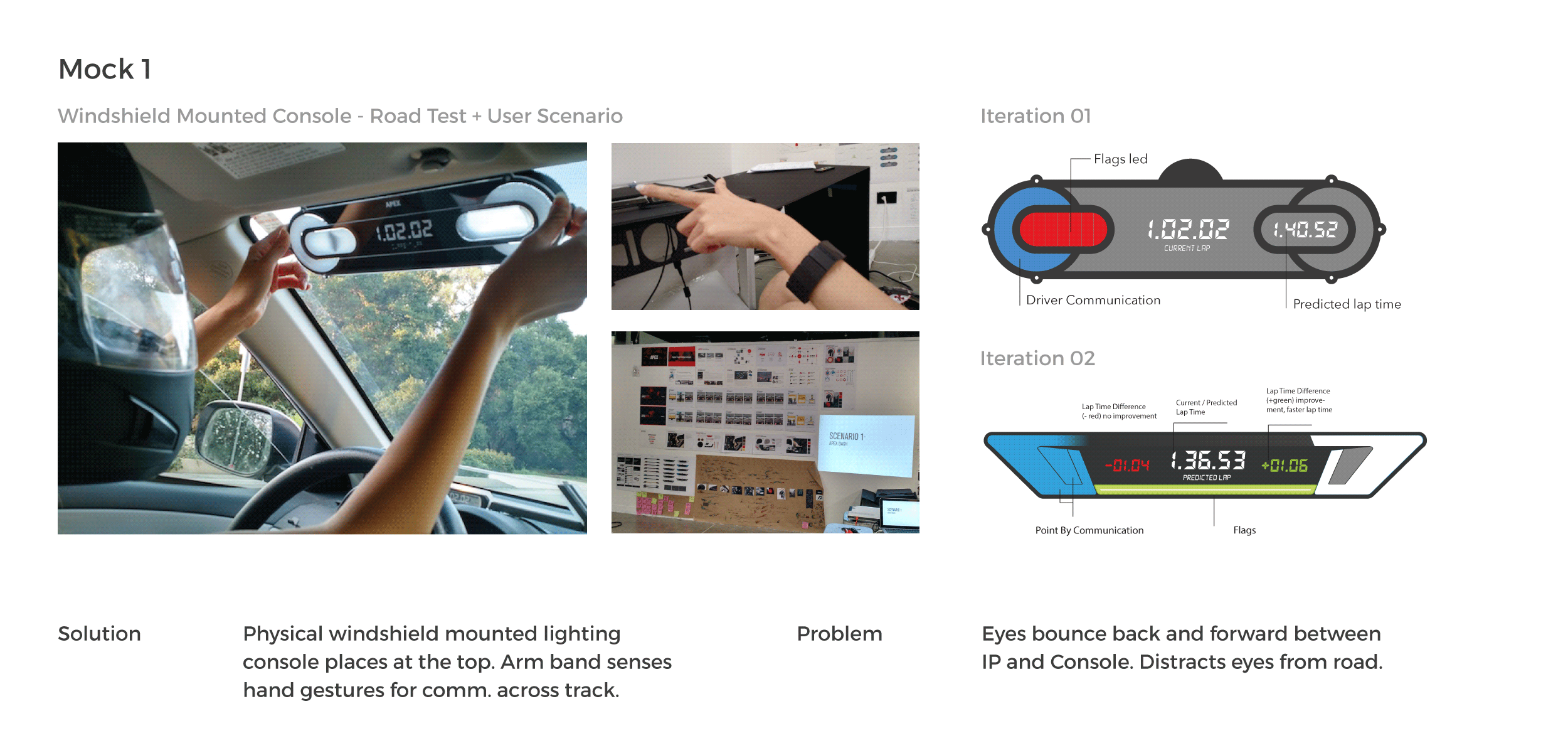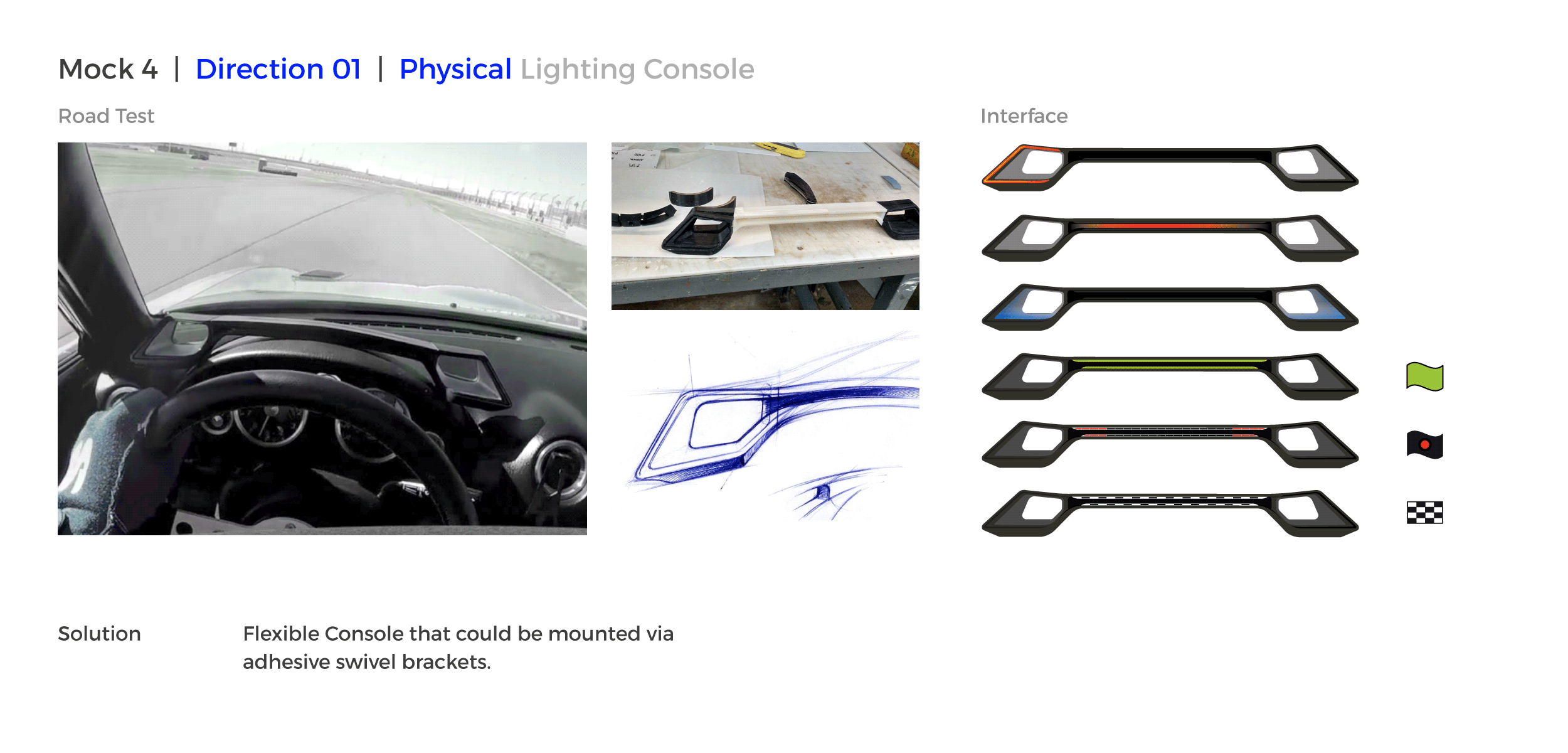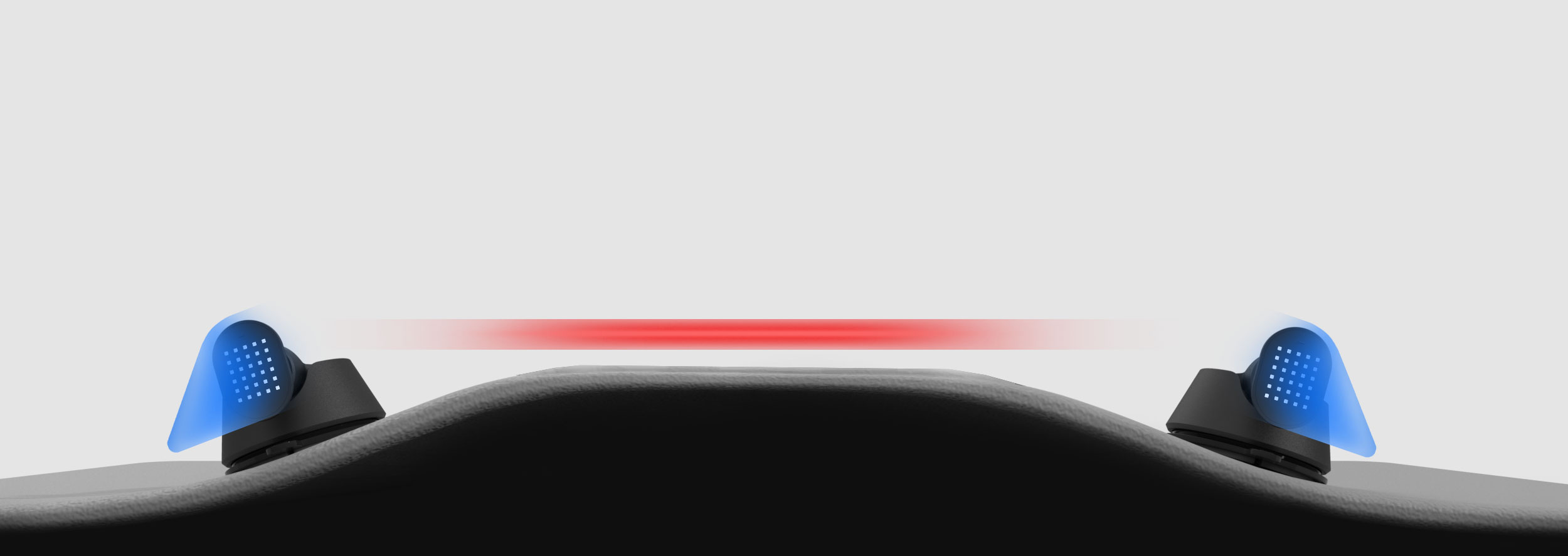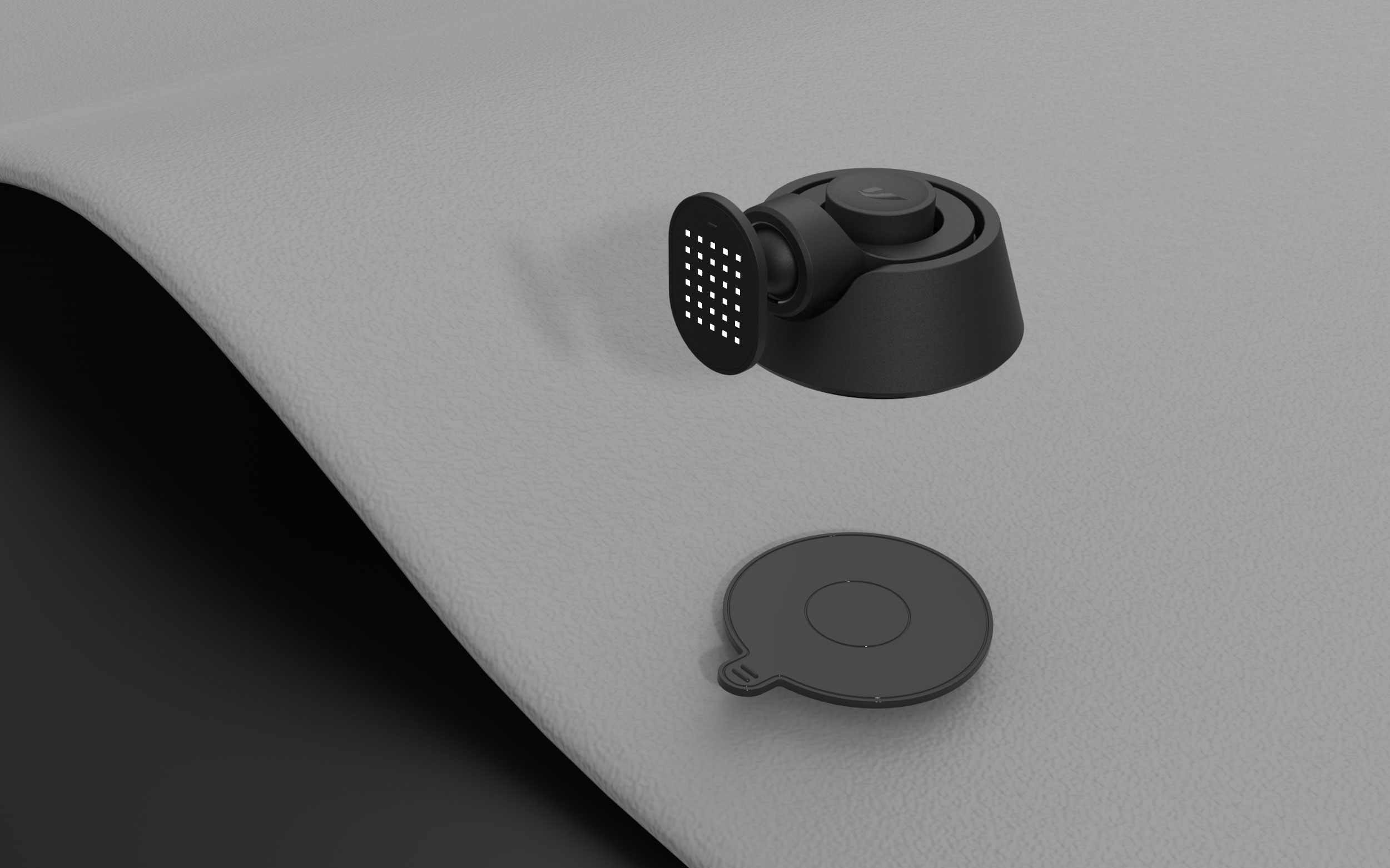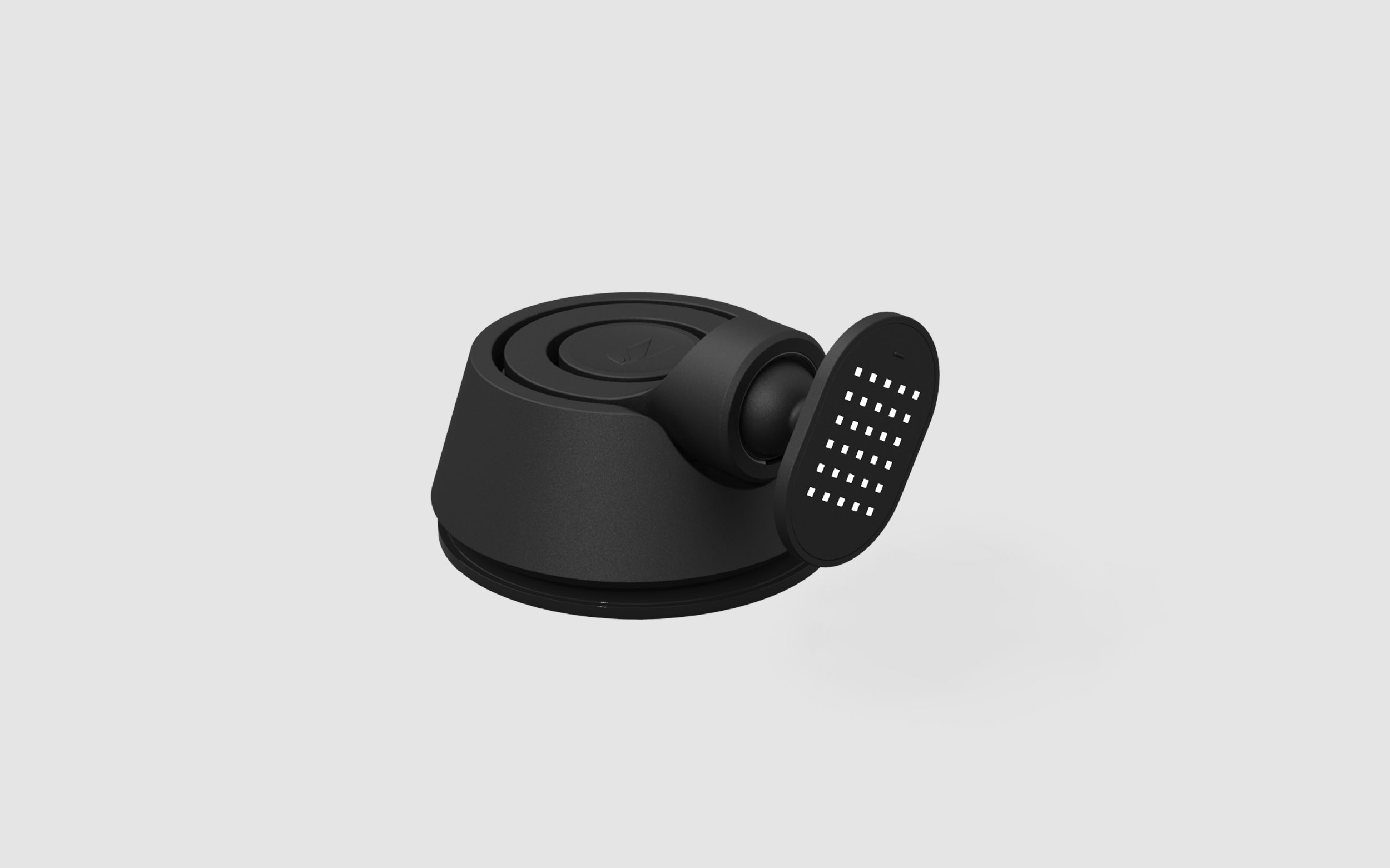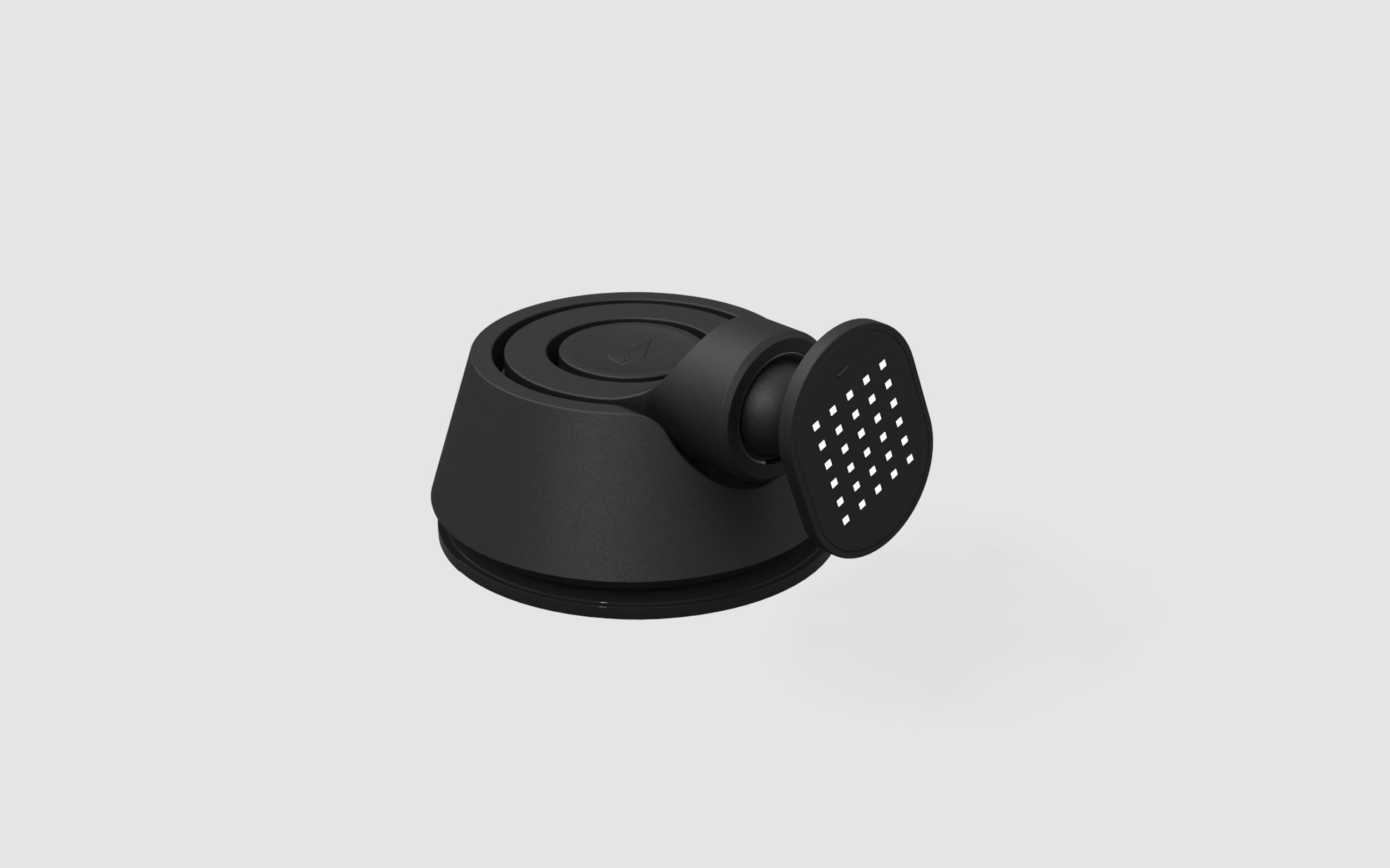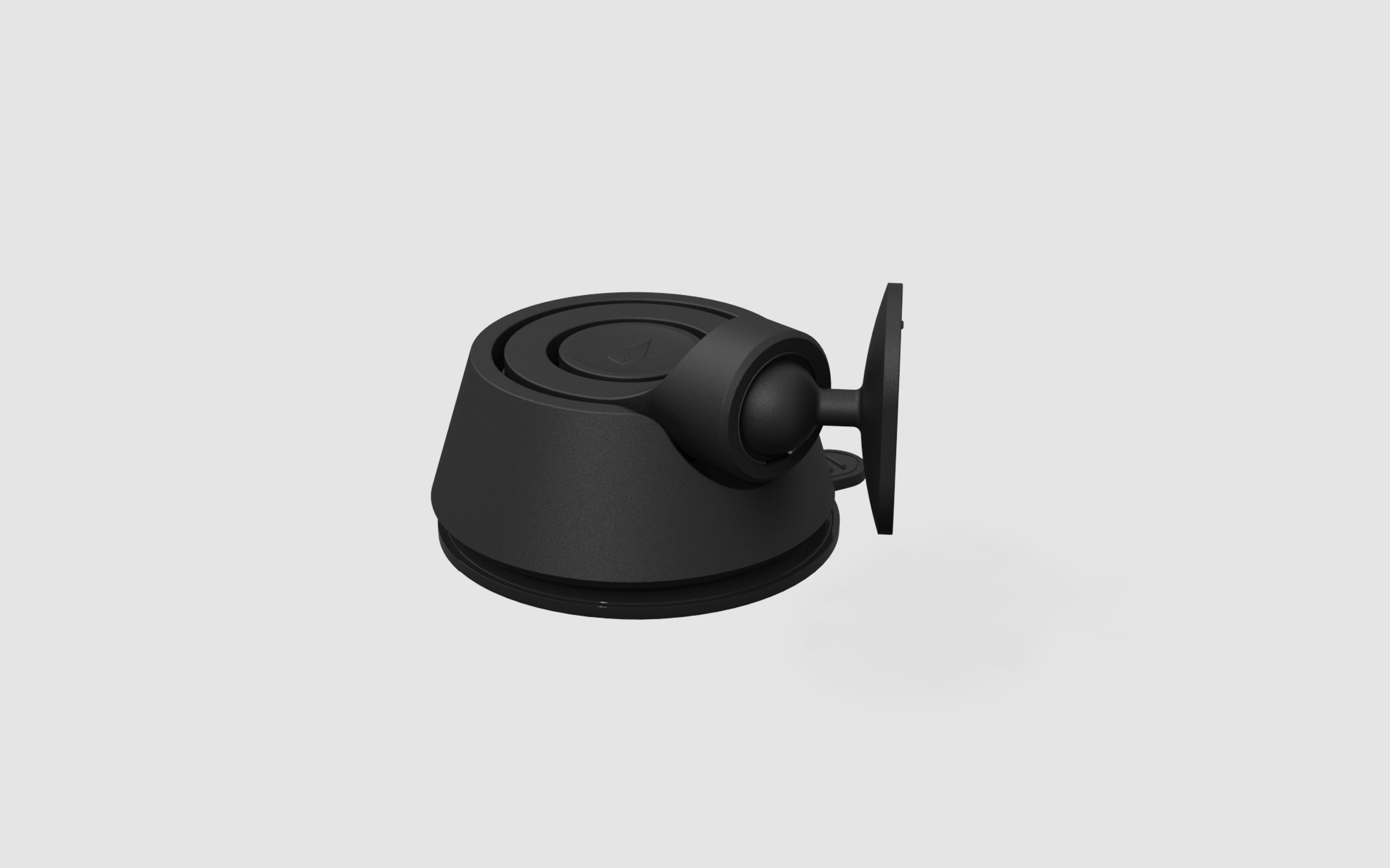The Team
My role was on early stage exploration and prototyping of hardware with small elements of interface design, as well as refinement, visualization & execution. I did a redesign of the project this past year.
Research
Field Research
The research took our team to local tracks and race events. We spoke & interviewed with many participants of the sport, ranging from drivers to coaches.
Many of the participants throughout the design process offered their personal & professional feedback. We also came to realize a number of key insights.
Interview Participants
Problems
There are multiple barriers that prevent aspiring racers to start racing and progressing in skill.
Overwhelming
Driving on the track is difficult and overwhelming with many facets to learn at once. Facets i.e: Drive Line, Trail Braking, Shifting, Acceleration, Eye Placement, Driver Technique, Driver Awareness, and Safety Protocols.
And coaches are very few on track days.
Data Logging is Hard to Use
Data loggers log: Speed, Throttle Input, Brake Pressure, Lap Time, RPM, Video Logging.
Data loggers are expensive, hard to install & set up, and hard to use. Presentation of data is hard to understand. Most drivers do not benefit. No way for drivers to see personal career progression over time.
Lack of Communication on Track
Communication between Marshals to drivers is unintuitive: Usually only 1 or 2 marshal(s) flagging on track, so flag visibility is delayed. Driver to driver comm is also unintuitive: Drivers have to stick their arm out of the window to relay safety signals to other drivers. The existing method is dangerous and unreliable.
Market
There wasn’t a product on the market that was reasonably priced, versatile, and beginner friendly.
Challenge
Inspiration & Keywords
Approachable
Low Profile
Rational
Confident
Tough
The goal was to create a system of products that were intuitively instructive at a glance and easy to use for first timers, while avoiding intimidating and unnecessary form elements that pollute auto sports products of today.
Ideation
Potential Concept Directions
Physical lighting devices placed within the driver’s cone of vision.
2. Integrating Aid in driving gear.
3. Using augmented reality to project aid into driver’s eyes.
Prototype & Concept Development
Weekly user scenarios demos & skits to refine the user experience to weed out problems.
01 Apex Vista
Status: Concept Phase
Interface Development
The goal of the Vista Interface was to design visual aid that was helpful to the driver, but did not distract their eye’s focus from the road, and did not allow the aid to be used as a crutch. Secondly the design had to break down learning into incremental stages tailored to driver’s improvement needs.
Final Interface
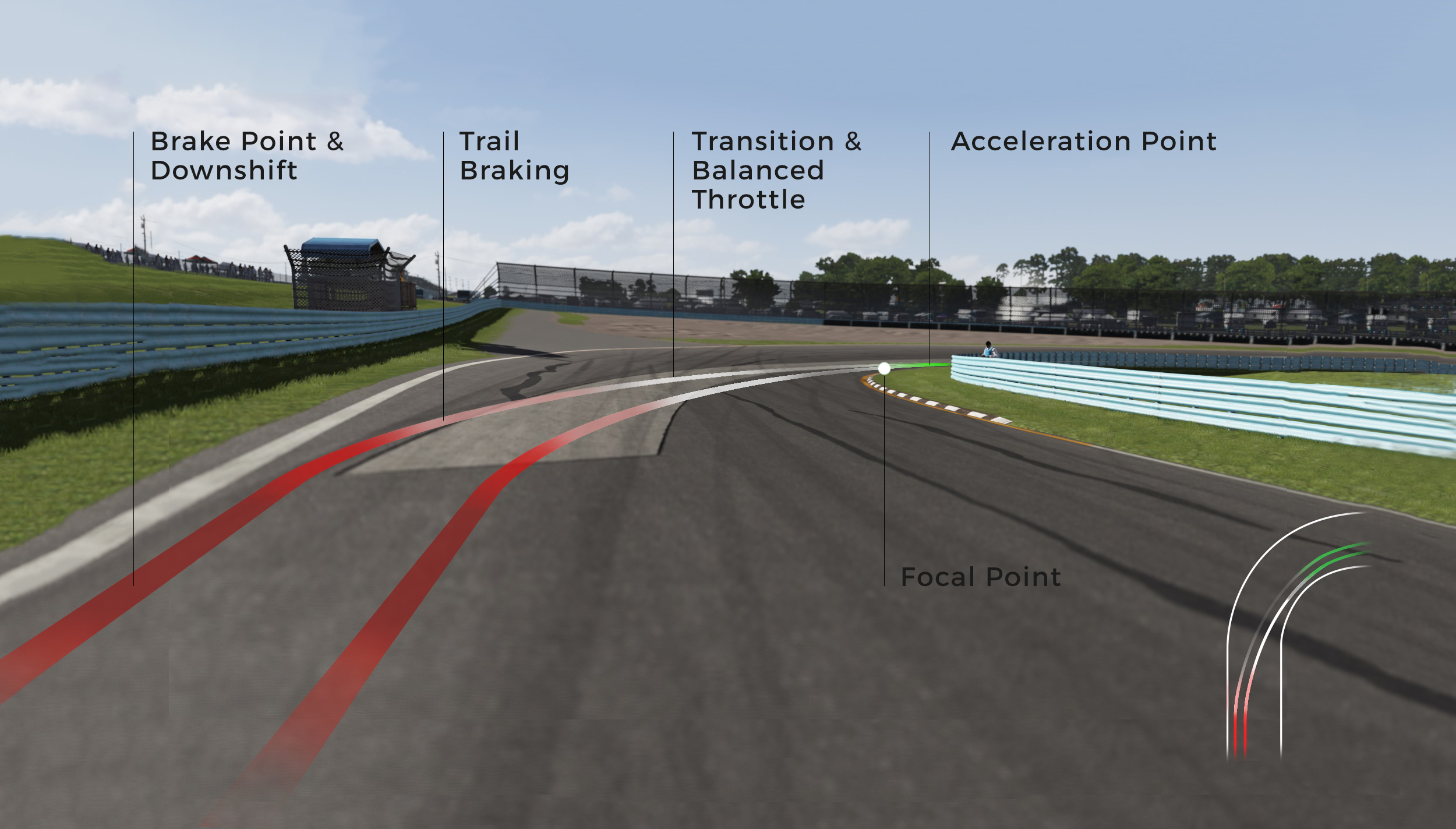

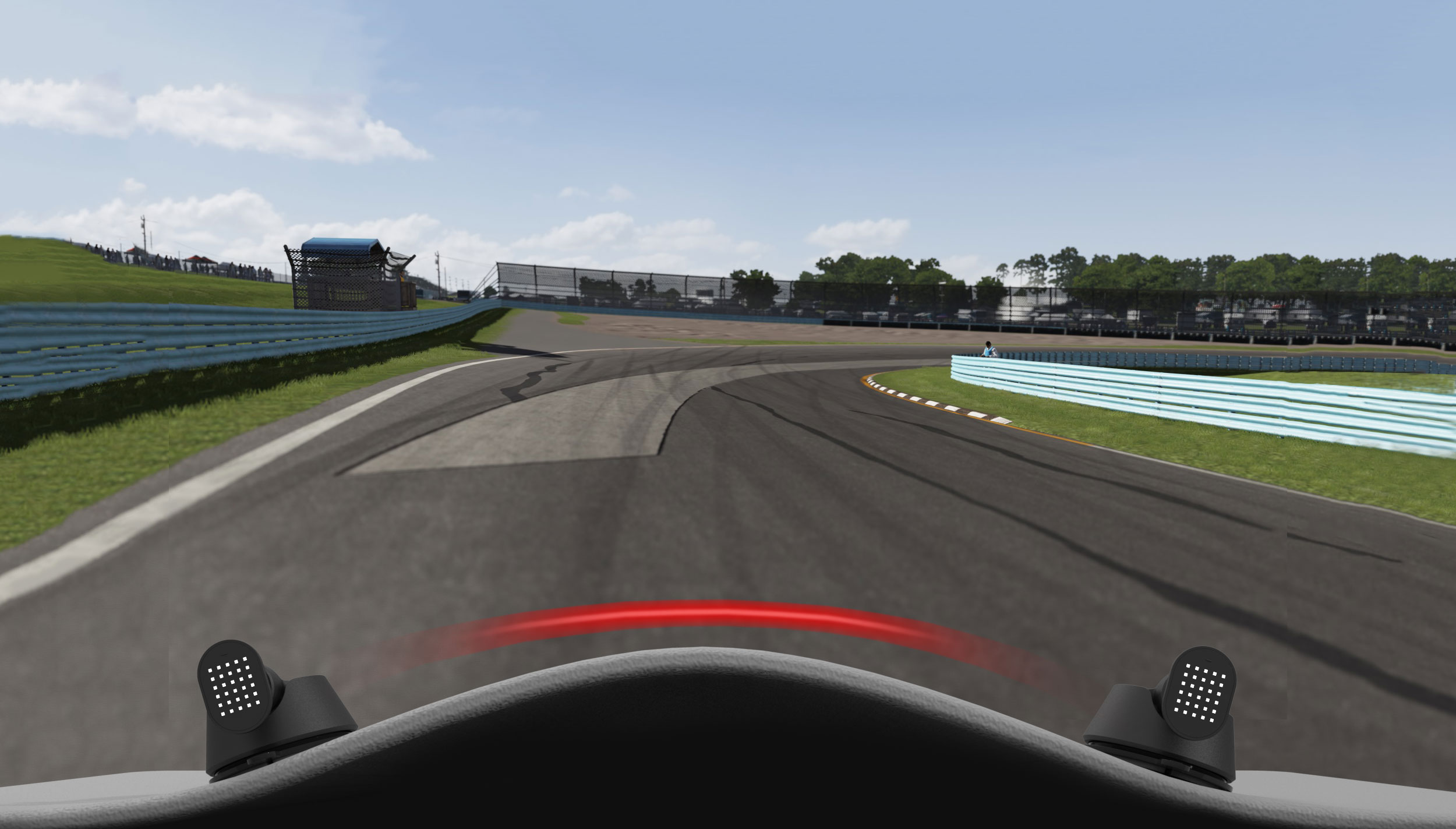

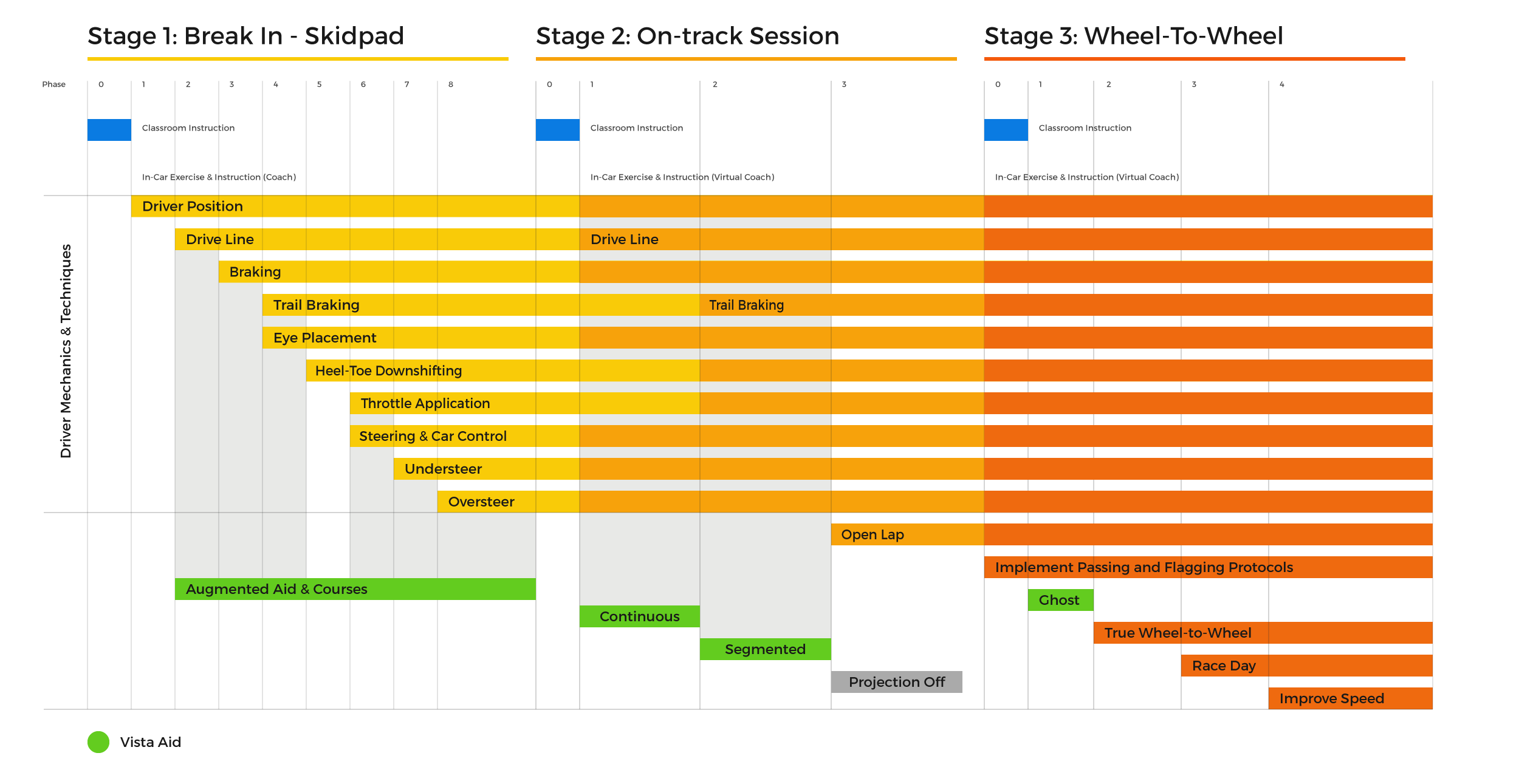
Lesson Breakdown
Stage 1
Augments obstacles for different driving exercises: Teaches driver the basics while acclimating the driver to become familiar with car dynamics in different scenarios. With virtual aid it allows versatile exercise course rearrangement without the need for physical cones.
Stage 2
This stage drivers work on memorizing the drive line, along with exercising downshifting, trail braking, understeer, car control etc. Once they excel in the basics they apply it to putting a lap together.
Stage 3
Teaches drivers to learn how to drive the “line” and put a lap together with traffic in three phases. Phase 1 vista augments ghost drivers to allow a safe pre-wheel-to-wheel session before real wheel-to-wheel sessions.
Helmet Ideation
The goal for the helmet was to avoid it becoming a “fashion item”. Lot of the smart helmets on the market were over designed. I wanted to tell a simple, clear, easy to use story through it’s physical experience. I took inspiration from dieter rams, and classic racing helmets that were unadorned and timeless.
Thinking through sensor and camera protection. Visor visibility for a less confined view. Ways the interface can be controlled with a dial. Large buttons for power and interface control.
CAD
02 Apex Dash
I had two directions for the Dash console, Physical console and digital. I had to figure out optimum placement of the console and size so the drivers eyes aren’t distracted from the road. Also thinking through signal legibility & distinguishability (size, visible in harsh light, and also how the console ergonomic fits on the dashboard from car to car.)
1. Physical Console
2. Augmented Marker Console
03 Apex Link
The goal was maintaining the EMG sensor 8 Axis orientation as the band expands for different arm sizes. The second problem was figuring out a way for the electronic connection to stay intact as the band expands. Thirdly thinking of breathability and a level of cleanability.
I implemented rubber pads around the contacts so the band won’t slip if there is perspiration.
The final solution would have a flexible PCB ribbon, the copper wires fixed in a wave pattern adhered to flexible polyurethane that could stretch while maintaining electric contact.
Band Specs
Non-Slip Rubber
Metal EMG (Electromyography) Contact
Breathable Elastic Nylon Blend Fabric
Aluminum PCB Housing
Stretchable PCB Ribbon (Copper & Polyurethane) coated with protective layer.
CMF
Vista CMF
Helmet Specs
Cooling Vents
Fiberglass composite Shell (Matte Black Finish)
RGB Camera (OIS + EIS Stabilization) (Software + Mech Stab)
IR Sensors
Depth Sensors
Polycarbonate Scratch Resistant Anti-fog Visor
Anti-Fog Waveguide Lense
Vents
Interface Navigation Dial
Navigation Select Button
Reset Button
Induction Charger + Wireless Charger Receiver Chip
Exit Vents
Visor Lock
Prism & Visor Dial
Power Button
Bluetooth Indicator + Sync
Dash CMF
1. On/Off
2. LED Diffuser + Coin Cell Battery
3. Vibration Dampener
4. Friction fit Ball Joint
5. Polycarbonate Shell Matte Finish
6. Suction Cup
Flexible Dash Mount
7. Silicone
8. Flexible Adhesive
Link CMF
Band Specs
Non-Slip Rubber
Metal EMG (Electromyography) Contact
Breathable Elastic Nylon Blend Fabric
Aluminum PCB Housing
Stretchable PCB Ribbon (Copper & Polyurethane) coated with protective layer.






















